The workplace is evolving fast. Technology is changing the way we collaborate, lead, and execute. As more teams go hybrid or remote and work becomes increasingly digital, the pressure is on to stay efficient, connected, and aligned. But staying ahead of the curve isn’t about adopting every shiny new tool, it’s about building a work system that can evolve alongside you.
Let’s take a look at three major trends shaping the future of workplace efficiency and how organizations can better navigate them with the right structure in place.
1. AI is Here – But It Still Needs Direction
AI is one of the most transformative forces shaping how teams work. From automating simple tasks to analyzing complex data sets, AI tools are unlocking new possibilities every day. But here’s the catch: AI doesn’t replace the need for alignment—it amplifies it.
Without a clear understanding of what matters, what needs to be improved, and where you’re going, even the smartest AI can create more confusion than clarity. To benefit from AI, leaders need systems in place that define roles, structure workflows, and track results. That’s where a strong alignment method becomes the foundation for successful AI adoption—bringing clarity to automation and ensuring tech is working for you, not against you.
2. Information Overload Is Real
In the digital workplace, data is everywhere—dashboards, emails, chat threads, spreadsheets. While it’s never been easier to collect information, making sense of it
(and making decisions because of it) is where many teams fall short.
Workplace efficiency isn’t just about working faster, it’s about working smarter. This means organizing data in a way that’s visible, accessible, and aligned to your goals. The future of SaaS isn’t just storing information; it’s about structuring it to drive real-time decision-making, collaboration, and accountability.
That’s why having a system that organizes your work—who owns what, where you’re tracking progress, and how success is measured—is more essential than ever. Without this clarity, even the most robust software can leave your team spinning in circles.
3. Change Is Constant. Your System Should Help You Navigate It
Whether it’s implementing a new tool, shifting strategic direction, or onboarding a new team member, change is inevitable. But that doesn’t mean it has to be disruptive.
Organizations that thrive through change are the ones with systems that are built to adapt. These systems create space for reflection, structure for communication, and rhythm for tracking progress, all without locking teams into rigid, outdated processes.
When teams have a shared method to return to, something that balances structure and flexibility, they’re able to absorb change without losing momentum. They don’t just react to disruption; they respond with intention.
How the Work Excellence Method Drives Workplace Efficiency
At the heart of any efficient organization is a clear, repeatable method for doing the work. The Work Excellence Method offers that foundation, providing teams with a structured yet flexible approach that aligns people, processes, and purpose.
Let’s break it down:
- Work Direction – This is your “why.” Work Direction defines where you’re going and how your team connects to that bigger picture. When teams are aligned around a shared purpose, decisions become easier, and energy is focused.
- Work System – Think of this as your playbook. Work Systems create structure—phases, roles, workflows—that guide how work gets done. This is where you
gain repeatability, clarity, and speed. You reduce the chaos and increase confidence. - Work Improvement – Change is inevitable, but improvement should be intentional. This element is about stepping back, identifying what can be done better, and creating a space for team reflection. It empowers continuous growth, both for people and processes.
- Work Measurement – What gets measured gets improved. Tracking key metrics, identifying what’s working, and making timely adjustments helps teams avoid drift and stay on course. It’s the difference between guessing and knowing.
- Work Routine – Routines create rhythm and accountability. Whether it’s weekly check-ins, dashboards, or quick huddles, the Work Routine ensures communication doesn’t break down and priorities stay visible, even in fast-changing environments.
Together, these four elements held together by the Work Routine build the structure needed to respond to today’s biggest challenges, without creating rigidity. They allow you to scale what’s working, fix what isn’t, and keep moving forward, even as the world around you shifts.
The Role of SaaS in Driving Modern Alignment
The next era of workplace efficiency is not about doing more. It’s about doing the right work, with the right people, in the right way.
That’s where Work Excellence Technology comes in.
Our SaaS platform brings the Work Excellence Method to life—turning abstract strategy into structured execution. It gives leaders a clear picture of what’s happening across their organization, surfaces the right conversations at the right time, and ensures every team member knows their role, their purpose, and what success looks like.
With dashboards that track progress, rating systems to flag what needs attention, and page sets to organize key initiatives, Work Excellence Technology gives you the clarity and visibility needed to lead in today’s fast-paced world.
The Future Is Aligned
Efficiency doesn’t come from tools alone; it comes from how well your teams are aligned around the work that matters. As we look ahead, the future belongs to organizations that invest in the systems, rhythms, and conversations that drive alignment every day.
Ready to lead the future of aligned work?
Schedule a demo of Work Excellence Technology and see how structure and clarity can help your teams work smarter, move faster, and achieve more, together.

